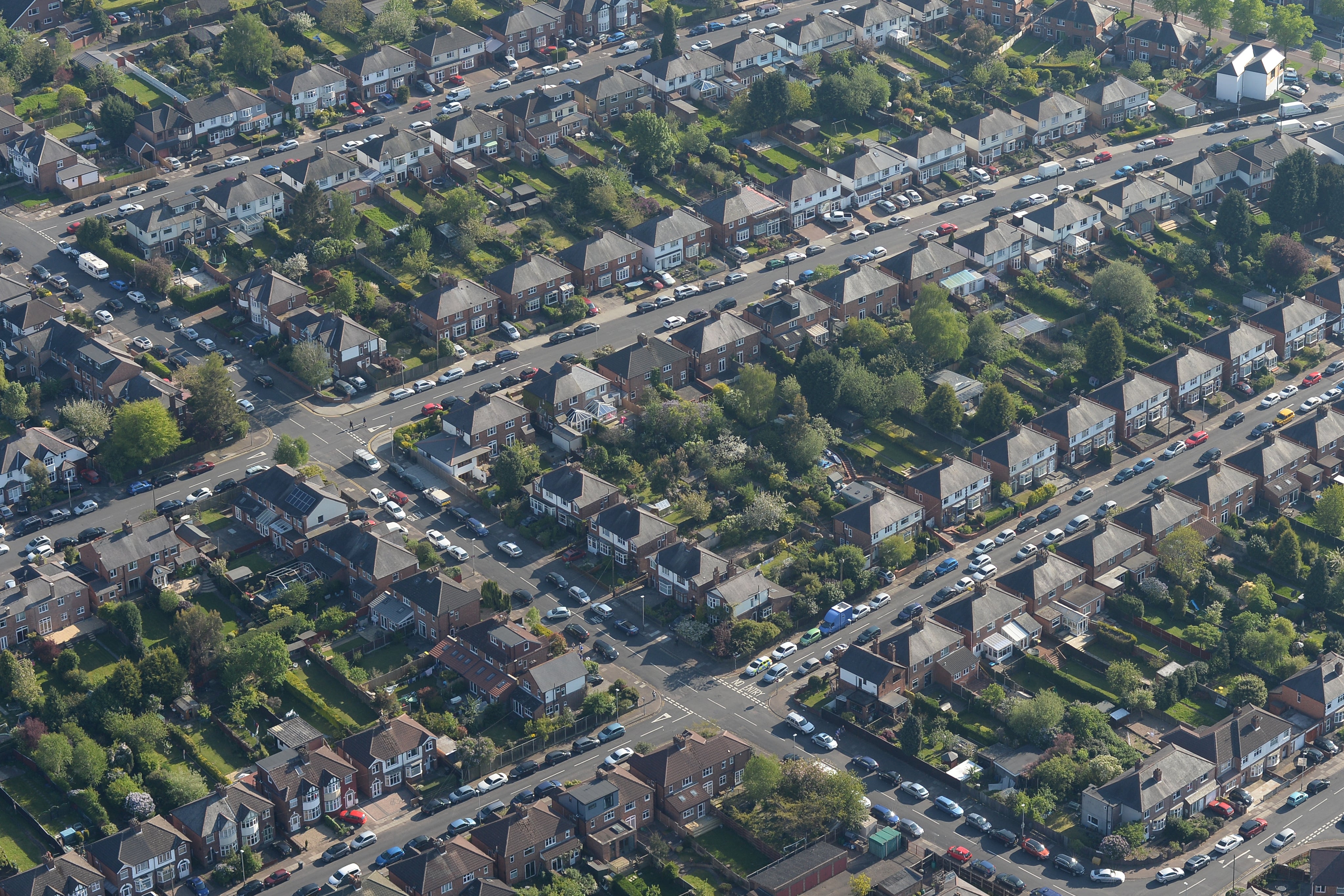House prices increased by 9.5% annually in May to hit new record – index
Annual house price growth was strongest in Wales, with house prices soaring by 11.9%, Halifax said.

Your support helps us to tell the story
From reproductive rights to climate change to Big Tech, The Independent is on the ground when the story is developing. Whether it's investigating the financials of Elon Musk's pro-Trump PAC or producing our latest documentary, 'The A Word', which shines a light on the American women fighting for reproductive rights, we know how important it is to parse out the facts from the messaging.
At such a critical moment in US history, we need reporters on the ground. Your donation allows us to keep sending journalists to speak to both sides of the story.
The Independent is trusted by Americans across the entire political spectrum. And unlike many other quality news outlets, we choose not to lock Americans out of our reporting and analysis with paywalls. We believe quality journalism should be available to everyone, paid for by those who can afford it.
Your support makes all the difference.House prices increased by 9.5% annually in May to reach a new record high of £261,743 on average, according to an index.
Halifax said annual house price inflation was at its strongest level in nearly seven years.
Across the UK, house prices increased by 1.3% month-on-month.
Annual house price growth was strongest in Wales with values soaring by 11.9%.
Annual growth surged to 9.5%, meaning the average UK home has increased in value by more than £22,000 over the past 12 months
Russell Galley, managing director at Halifax, said: “House prices reached another record high in May, with the average property adding more than £3,000 (1.3%) to its value in the last month alone.
“A year on from the first easing of national lockdown restrictions, and the gradual reopening of the housing market, annual growth surged to 9.5%, meaning the average UK home has increased in value by more than £22,000 over the past 12 months.”
He said the stamp duty holiday has boosted activity.
Mr Galley continued: “For some homebuyers, lockdown restrictions have also resulted in an unexpected build-up of savings, which can now be deployed to fund bigger deposits for bigger properties, potentially pushing property prices even higher.
“Whilst these effects will be temporary, the current strength in house prices also points to a deeper and long-lasting change as buyer preferences shift in anticipation of new, post-pandemic lifestyles – as greater demand for larger properties with more space might warrant an increased willingness to spend a higher proportion of income on housing.”
Mr Galley said all UK nations and regions except the north east of England witnessed an acceleration in annual house price inflation in May.
He said of annual house price growth: “For Wales and the North West these are the biggest percentage gains since April 2005, and for Yorkshire and the Humber since June 2006.
“The south of England, traditionally the driving force of national house price performance, is for once lagging somewhat behind the rest of the country.”
Mark Harris chief executive of mortgage broker SPF Private Clients, said: “House price growth in the south of England may be lagging behind the rest of the country but property prices are still more expensive there than elsewhere.
“While buyers are prepared to go further in the search for more space and less need to be in the office every day, pushing up demand for property away from the capital, it remains to be seen whether this is a long-term trend or whether the attraction of city centres will return at some point.”
Here are average house prices followed by the annual increase in May, according to Halifax:
– East Midlands, £213,481, 9.2%
– Eastern England, £302,158, 6.5%
– London, £509,621, 3.1%
– North East, £150,401, 6.9%
– North West, £199,441, 10.6%
– Northern Ireland, £160,641, 9.1%
– Scotland, £183,351, 7.4%
– South East, £351,437, 6.1%
– South West, £266,182, 8.6%
– Wales, £190,345, 11.9%
– West Midlands, £220,998, 9.0%
– Yorkshire and the Humber, £183,404, 10.2%